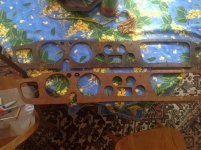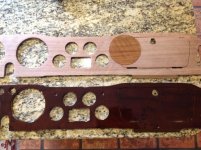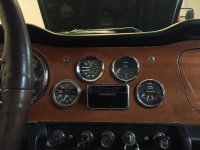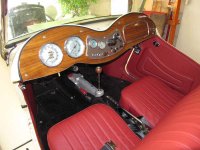Offline
I realize I'm getting way ahead of myself, as I won't be ready to replace the dash for some time, but here's the question anyway. What kind of finish and wood was used originally in the TR4A dash?
I had a TR4A in the 1960s, and I seem to remember walnut with a very heavy varnish, so it almost looked like a plastic coating. However, I've seen a few statements that it was originally some other kind of wood. I'm not a stickler for originality, but this is one thing I'd like to look original.
Also, assuming I'm correct, how would you produce such a finish?
I had a TR4A in the 1960s, and I seem to remember walnut with a very heavy varnish, so it almost looked like a plastic coating. However, I've seen a few statements that it was originally some other kind of wood. I'm not a stickler for originality, but this is one thing I'd like to look original.
Also, assuming I'm correct, how would you produce such a finish?

 Hi Guest!
Hi Guest!

 smilie in place of the real @
smilie in place of the real @
 Pretty Please - add it to our Events forum(s) and add to the calendar! >>
Pretty Please - add it to our Events forum(s) and add to the calendar! >> 








